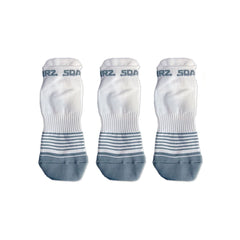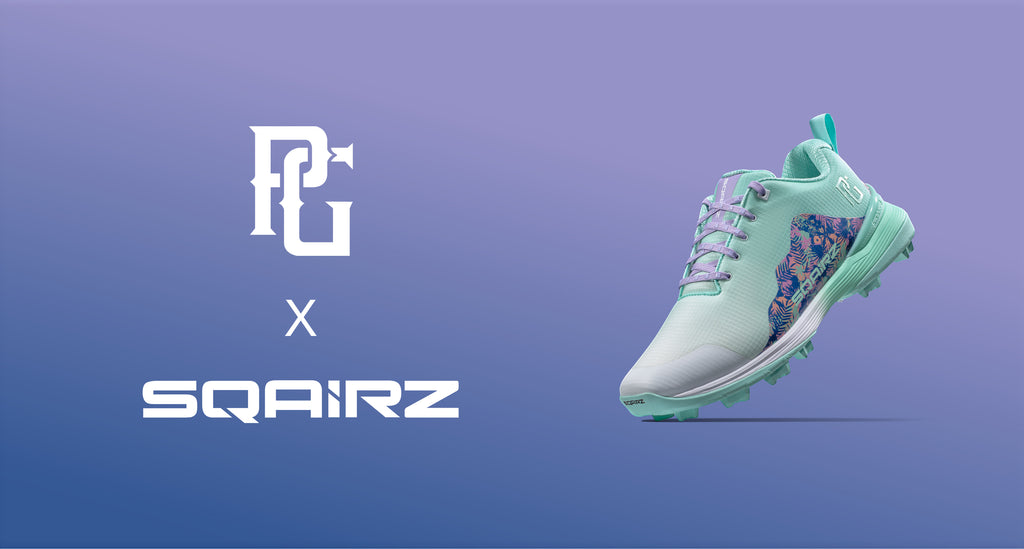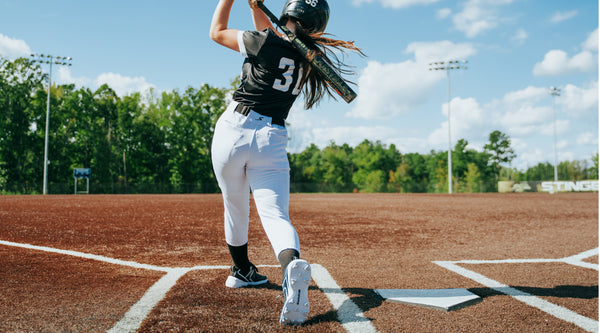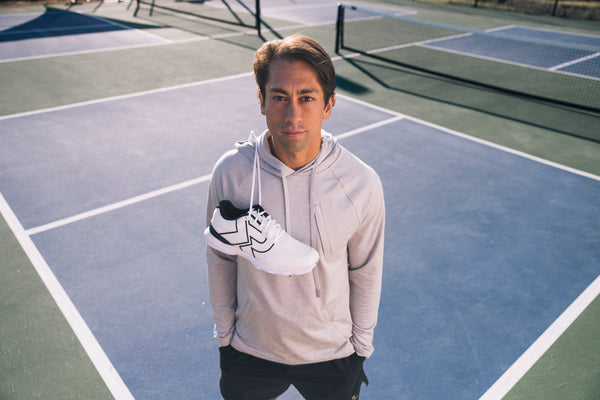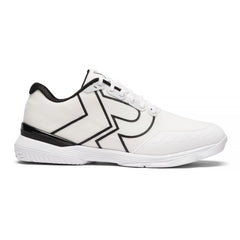Welcome to the future of pickleball. The two-handed backhand dink has become a must-have shot at the highest levels of the game—and now you can add it to yours. In this lesson, Zane Navritil breaks down the two leading methods trusted by pros like Riley Newman and James Ignatowich.
The Building Blocks of a Modern Two-Handed Dink
Grip & Hand Placement:
No grip change needed. Decide how much hand goes on the handle versus the paddle face—more grip means power, more face means stability.
Wrist Position:
The Riley Newman method lays the left wrist back for a compact push. The Ignatowich method cocks the right wrist, relying on a stronger lift. Both unlock unique advantages.
Left-Hand Dominance:
Both approaches demand control from the non-dominant hand. Training left-handed dinks first builds rhythm and consistency before layering in the right hand.
Body Positioning:
Footwork and balance are everything. Get behind the ball, keep strokes compact, and stay low in the kitchen to maintain precision.
Swing Path:
Keep the paddle head below the ball, accelerate smoothly, and push toward your target without over-swinging.
Drills That Deliver Results
One-Handed Dink Drill
Start with left-handed dinks to groove the foundation before adding the right hand.
Compact Stroke Drill
Practice keeping the paddle in the kitchen, avoiding excess loop or backswing.
Leg Drive Drill
For the Ignatowich method, train squatting into the ball and lifting through the shot with your legs.
Gear That Gives You the Edge
Great dinks demand balance and stability too. That’s where the SQAIRZ XRZ™ Pickleball Shoe makes the difference.
-
Patented stability tech keeps your base planted on every shot
-
Roomy toe box supports balance and comfort through long rallies
-
SmartTraction™ outsole grips the court for pivots, lifts, and lateral movement
It’s the shoe built for today’s faster, more aggressive pickleball—and the perfect partner for mastering whichever dink style fits your game.

